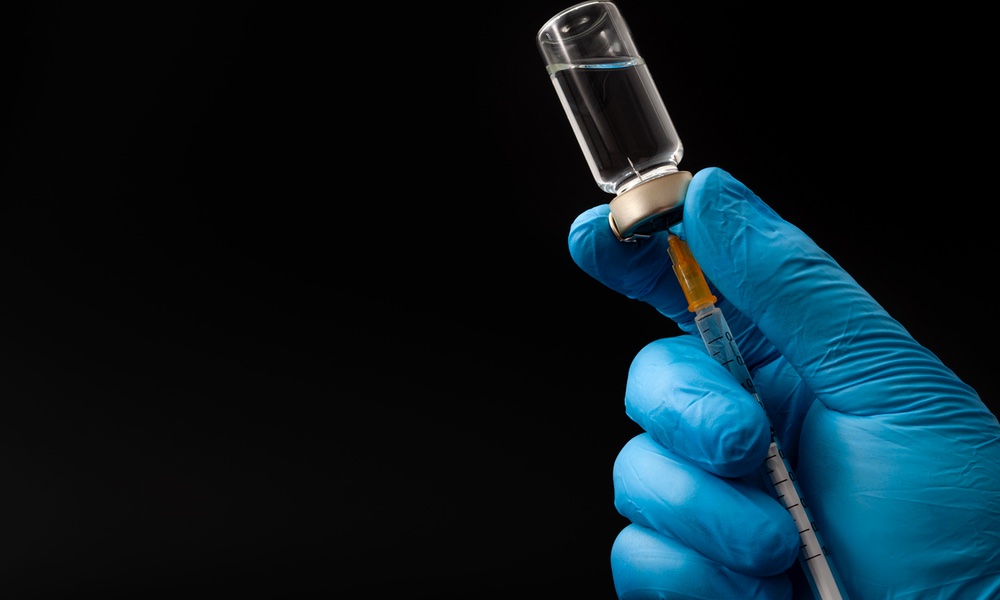Despite increased interest in psychedelic drugs' possible medical use, little is known about how they actually affect the brain. But a recent set of studies of three different drugs now offers a picture of how the diversity of neural signals — the complexity of magnetic activity in the brain — increases while under their influence.
Researchers, in the current study, reviewed recordings made during three separate studies published in 2013, 2015 and 2016. Volunteers had taken one of three different drugs in each of the studies — psilocybin, ketamine or LSD. Brain activity was recorded using a magnetoencephalograph, (MEG), a device which works similarly to the way an electroencephalograph (EEG) does, but measures magnetic, rather than electrical, activity.
Re-analyzing these recordings, the researchers found similar changes in signal diversity for all three drugs, despite their different pharmacology — ketamine binds to a totally different set of receptors than the other two drugs do. These changes were most noticeable in the area of the brain where the occipital and parietal lobes meet.“The…findings help us understand what happens in people's brains when they experience an expansion of their consciousness under psychedelics.”
Of course, increased signal diversity might just as well be reflecting increased noise as increased consciousness.
Study co-author, Anil Seth, a Professor of Cognitive and Computational Neuroscience at the University of Sussex, characterizes these changes as different rather than as higher or better: “This finding shows that the brain-on-psychedelics behaves very differently from normal. During the psychedelic state, the electrical activity of the brain is less predictable and less ‘integrated’ than during normal conscious wakefulness…”
Some might wonder why researchers should even study these illegal substances. Psilocybin markedly reduced depressive symptoms in people suffering from depression in a small study published by this study's co-author, Robin Carhart-Harris, a Research Fellow in the Department of Medicine at Imperial College London and Head of Psychedelic Research at the College's Centre for Neuropsychopharmacology in 2016. Yet little is understood about how or why it worked or whether it might have a wider role to play in treatment of psychological disorders. More recently, the novelist, Ayelet Waldman, described how microdoses of LSD helped her feel calmer and happier.
Carhart-Harris, who became in 2014 the first person in the U.K. to administer LSD to humans for research purposes in over 40 years, explains: “Rigorous research into psychedelics is gaining increasing attention, not least because of the therapeutic potential that these drugs may have when used sensibly and under medical supervision. The present study's findings help us understand what happens in people's brains when they experience an expansion of their consciousness under psychedelics. People often say they experience insight under these drugs — and when this occurs in a therapeutic context, it can predict positive outcomes. The present findings may help us understand how this can happen.”





